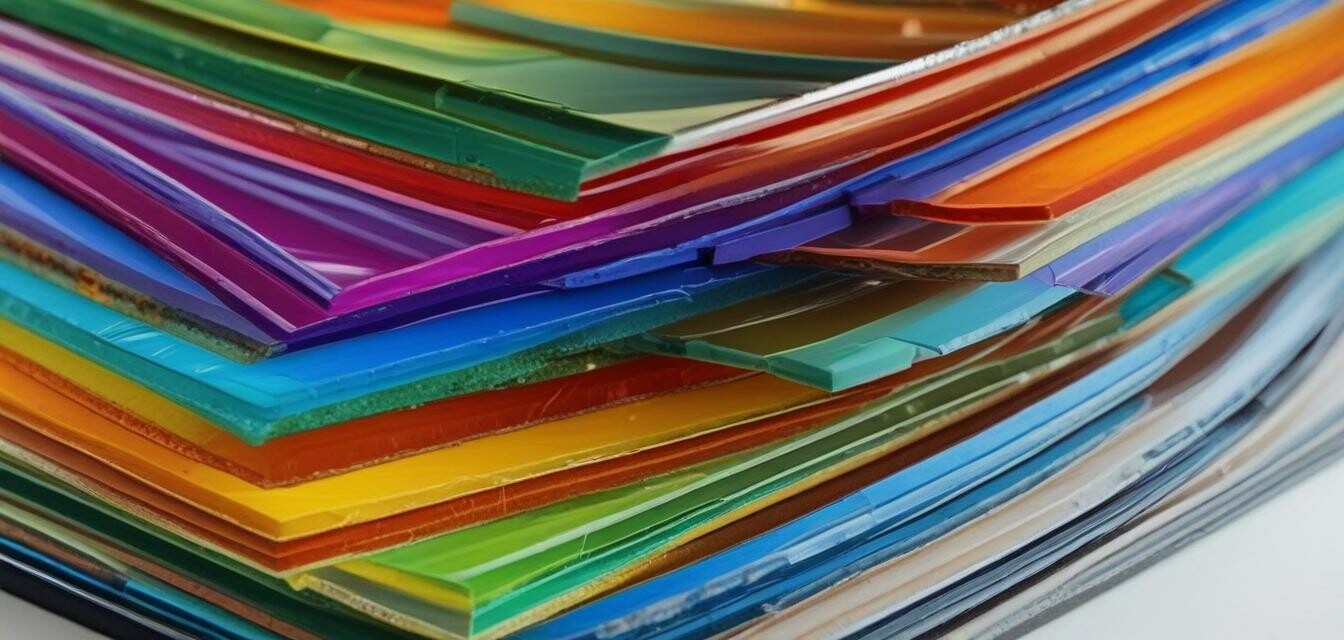
The Ultimate Guide to Choosing Colored Glass Sheets
Key Takeaways
- Understand the importance of COE ratings for compatibility.
- Explore different finishes to enhance your projects.
- Consider effects such as iridescent or transparent to achieve unique looks.
- Select appropriate thickness based on your project needs.
- Discover optional accessories and tools for better results.
Welcome to the ultimate guide on choosing colored glass sheets! For many glass artists, selecting the right colored glass sheets can significantly impact the outcome of their projects. Whether you are a beginner or a seasoned artist, understanding the variety of options available will help you create vibrant and eye-catching pieces. In this guide, we'll delve into essential factors like COE ratings, finishes, thickness, and the effects you can achieve with different colored glass.
Understanding COE Ratings
The COE (Coefficient of Expansion) rating of glass is a crucial factor when selecting colored sheets for your projects. It measures how much the glass will expand and contract when subjected to heat. Compatibility is key in glass making—if the COE ratings of the sheets don’t match with your kiln or any other glass used, you might experience cracking or breaking during the firing process.
| COE Rating | Common Usage |
|---|---|
| 90 | Compatible with most glass fusing projects. |
| 96 | The standard for most fusing, slumping, and glass blowing. |
| 104 | Used for beads and advanced glass projects. |
Choosing the Right Finish
The finish of your colored glass sheets can greatly influence the aesthetics of your artwork. Here are some common finishes you might consider:
- Transparent: Offers clarity and lets light through, ideal for layering.
- Opaque: Provides a solid color that blocks light, great for creating stark contrasts.
- Iridescent: Changes color in the light, adding dimension and intrigue to any piece.
- Frosted: Offers a soft, muted look, perfect for more delicate designs.
- Textured: Gives a tactile element to pieces while also affecting how light refracts through.
Effects to Consider
In addition to finishes, colored glass sheets often come with distinct effects that can enhance your project further. Some effects you should explore include:
- Opalescent: These sheets give a jewel-like appearance, changing hues with different lighting.
- Mottled: Offers a stone-like effect, perfect for nature-inspired creations.
- Translucent: Softens light for a dreamy effect, ideal for lighting fixtures or decorative accents.
- Full-bodied colors: Provides vibrant, saturated colors that stand out in any work.
Thickness Matters
Glass sheets come in various thicknesses. Choosing the correct thickness is vital based on the intended use of your project. Here is a general guide:
| Thickness | Common Uses |
|---|---|
| 1/8 inch | Best for slumping and fusing projects, as well as basic glass crafts. |
| 3/16 inch | Ideal for three-dimensional projects and larger pieces. |
| 1/4 inch | Used in more structural applications, such as large sculptures. |
Optional Accessories and Tools
To optimize your glass making experience, consider using essential tools and accessories. Here are some must-haves that can help:
- Cutting tools for clean edges.
- Firing papers and kiln shelves to protect your kiln and projects.
- Project kits that include everything needed to start.
- Glass frit and rods to add texture and detail.
Conclusion
Choosing the right colored glass sheets for your projects is a vital step in glass making. By understanding COE ratings, finishes, thickness, and effects, you can select materials that will enhance your artwork and ensure a successful outcome. Whether you're fusing, slumping, or casting, each decision you make will bring you closer to realizing your unique artistic vision. Get started today, and explore our full range of glass sheets and supplies to find the perfect match for your next creative endeavor!
Pros
- Wide variety of colors and finishes.
- Customizable options for unique artwork.
- Compatible with various glass-making techniques.
Cons
- COE compatibility is crucial to prevent breakage.
- Some finishes can be more expensive than others.

